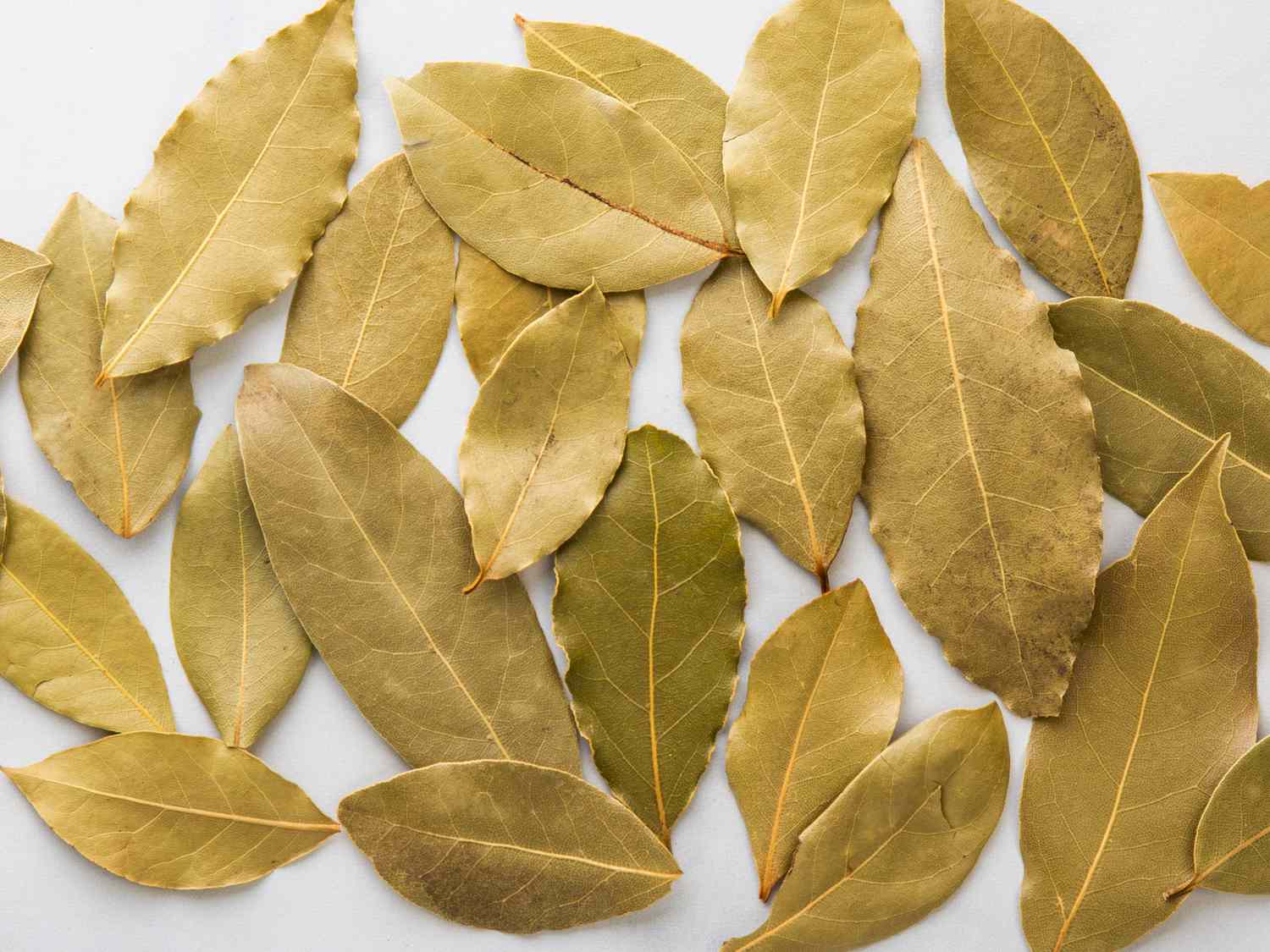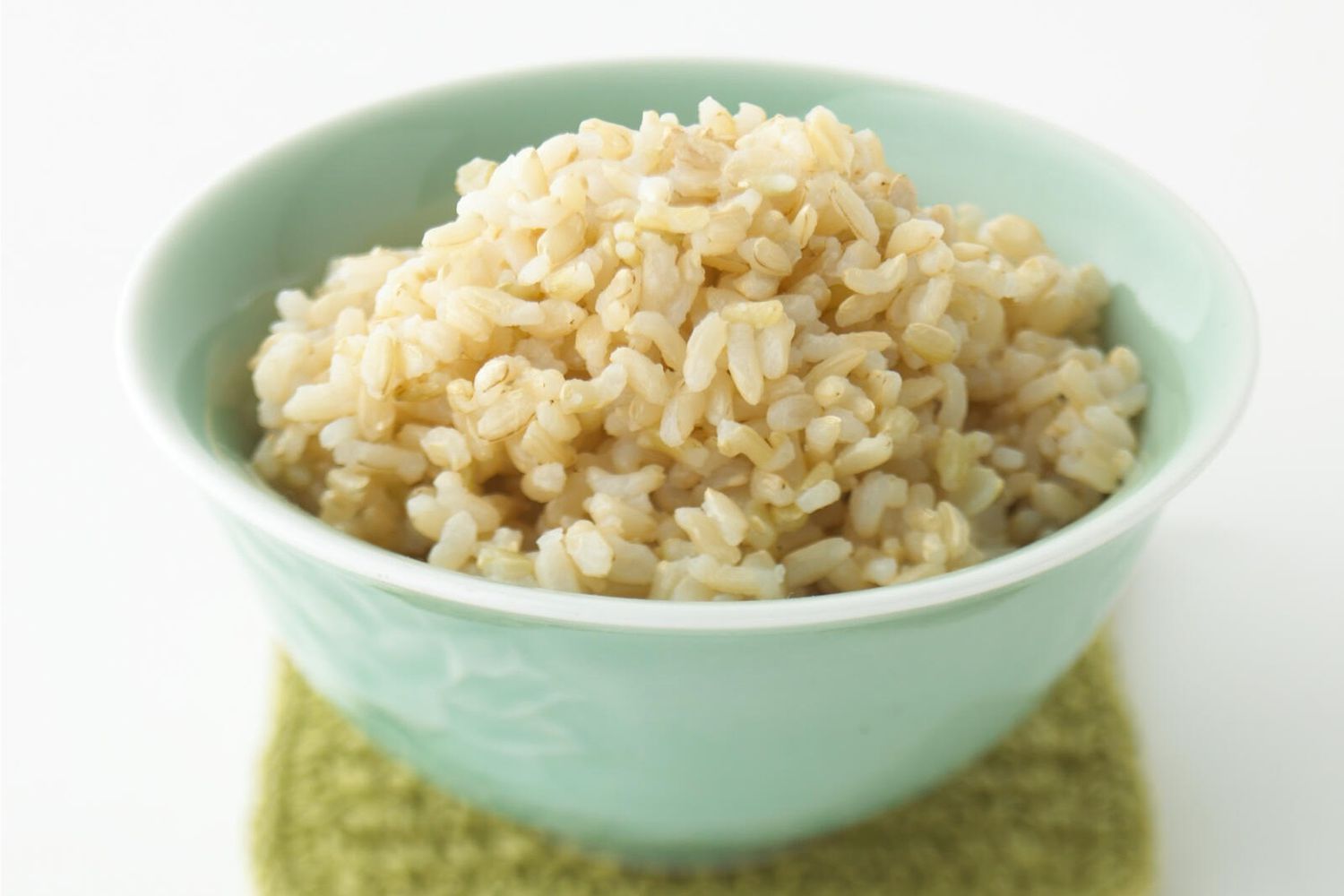Published in 1805, the simple nursery rhyme “Little Miss Muffet” presents a few reasonable questions for modern day readers. Chief among them: What is curds and whey? Let’s investigate.
Curds and Whey: What Is It?
Before we talk about curds and whey as a whole, let’s break this down piece by piece:
- Curds are a byproduct of coagulating milk, a process also known as curdling. Coagulation happens when you add an acid, like lemon juice or vinegar, to dairy. The increase in acidity causes the milk proteins to tangle together into solid masses. This process will also occur naturally if you leave milk out to sour.
- Coagulation is one of the first steps in cheese production. After the curds are formed, they’re pressed and drained before different elements are introduced, depending on the type of cheese being made. The liquid that is leftover after the curds are drained is called whey.
So there you have it: Little Miss Muffet sat on her tuffet, eating a dish consisting of the byproducts of cheesemaking.
It’s not quite as weird as it sounds. If you think about it, curds and whey are just cottage cheese in its purest form.

Curds and Whey vs. Modern Cottage Cheese
As cottage cheese is sometimes enjoyed as a snack, light meal, or dessert today (especially topped with fruit), curds and whey was a relatively typical snack when the nursery rhyme was first published.
However, even if you happen to enjoy the occasional bowl of cottage cheese, what you’re eating may not be exactly what Little Miss Muffet enjoyed on her tuffet all those years ago. Modern cottage cheese is washed, salted, and drained. Cream is usually added to the cottage cheese you buy in stores and cook with to improve the texture and taste.
The curds and whey of yore likely tasted more tart than today’s cottage cheese, as the acid that initially promoted curdling would’ve affected the flavor of the dairy item.
Related:
- How Does Milk Become Cheese?
- How Long Can Milk Be Left Out of the Fridge?
- What Is Creme Fraiche and How Do You Make It?




